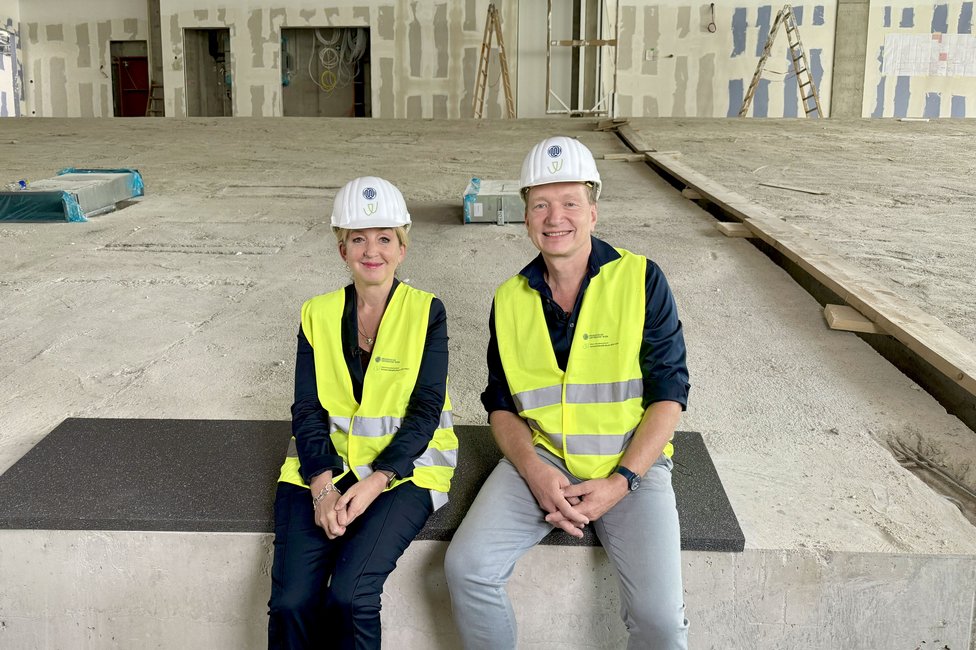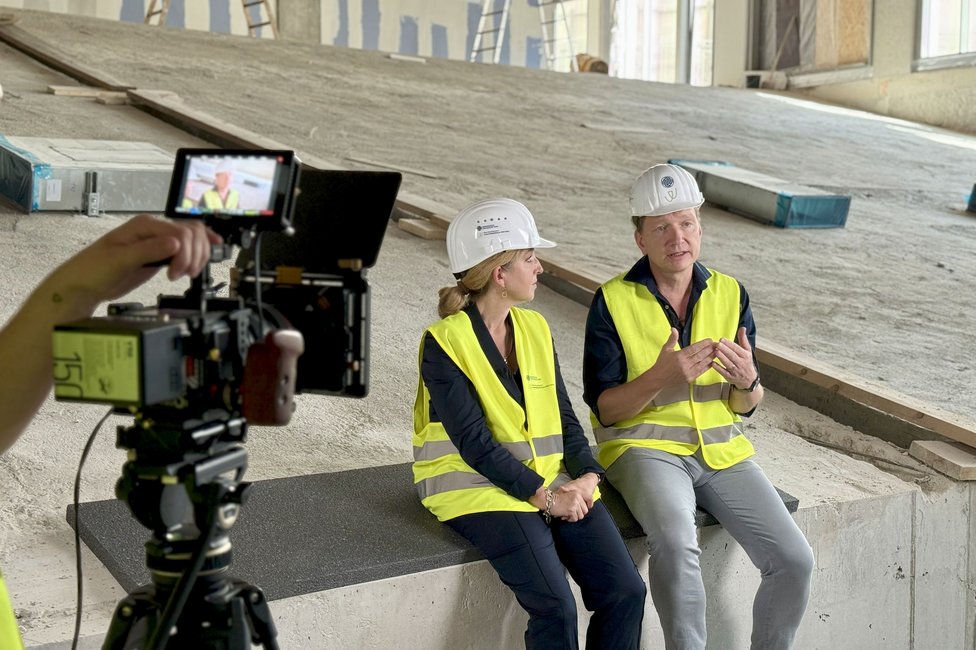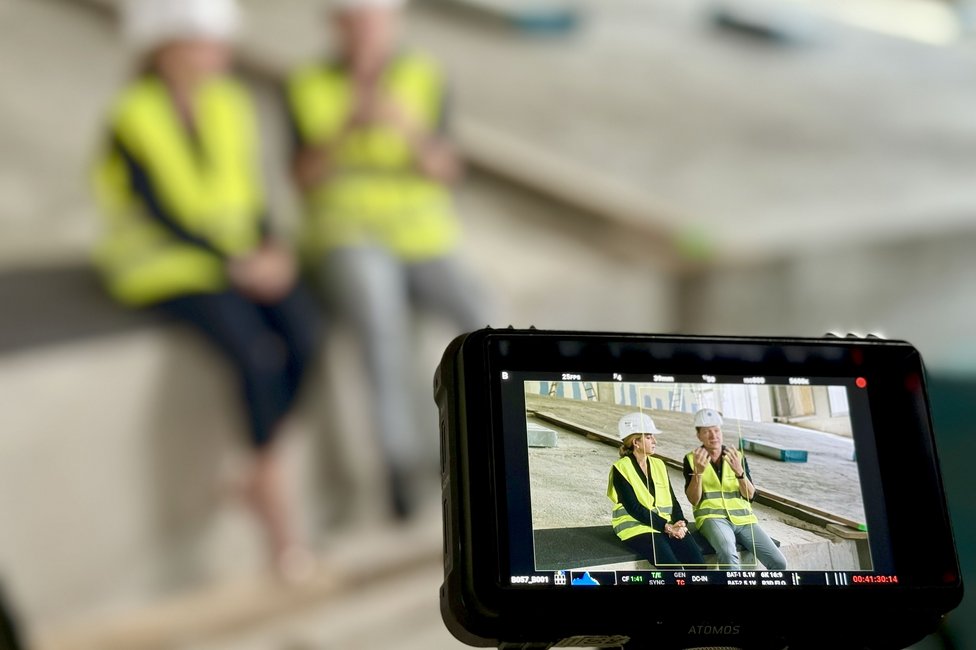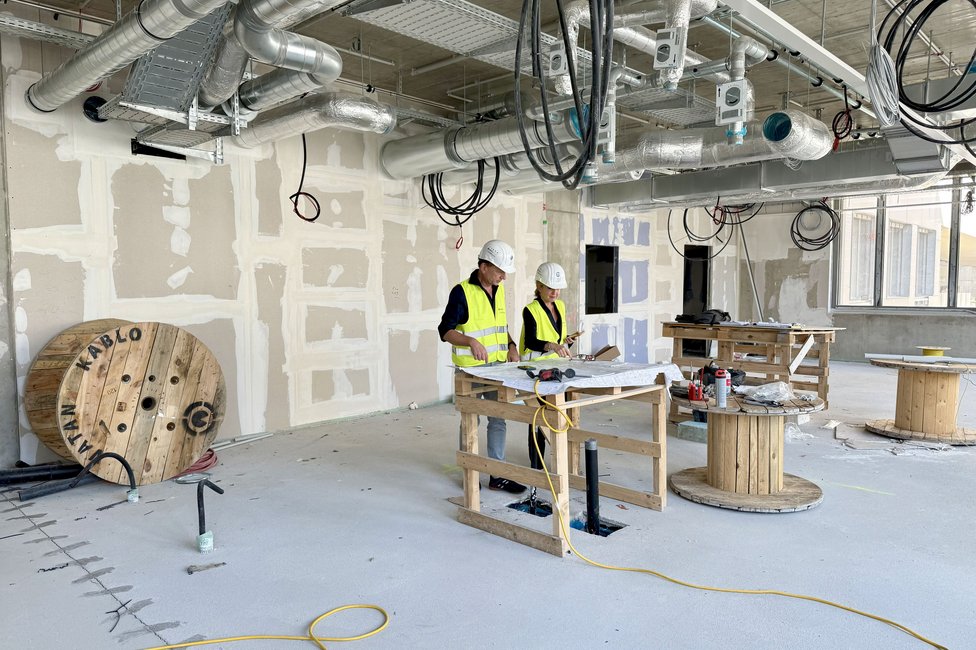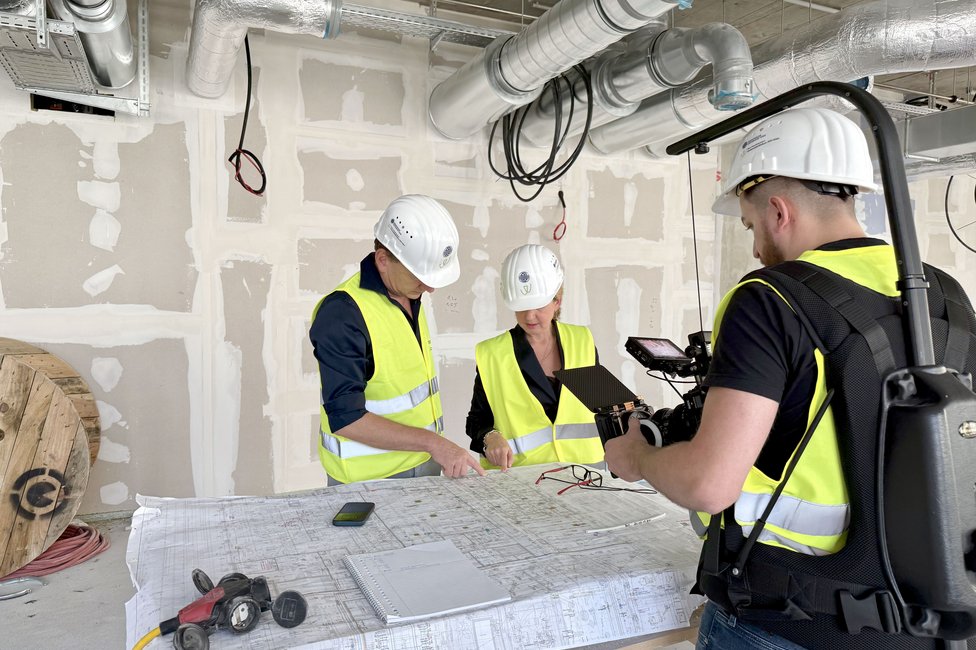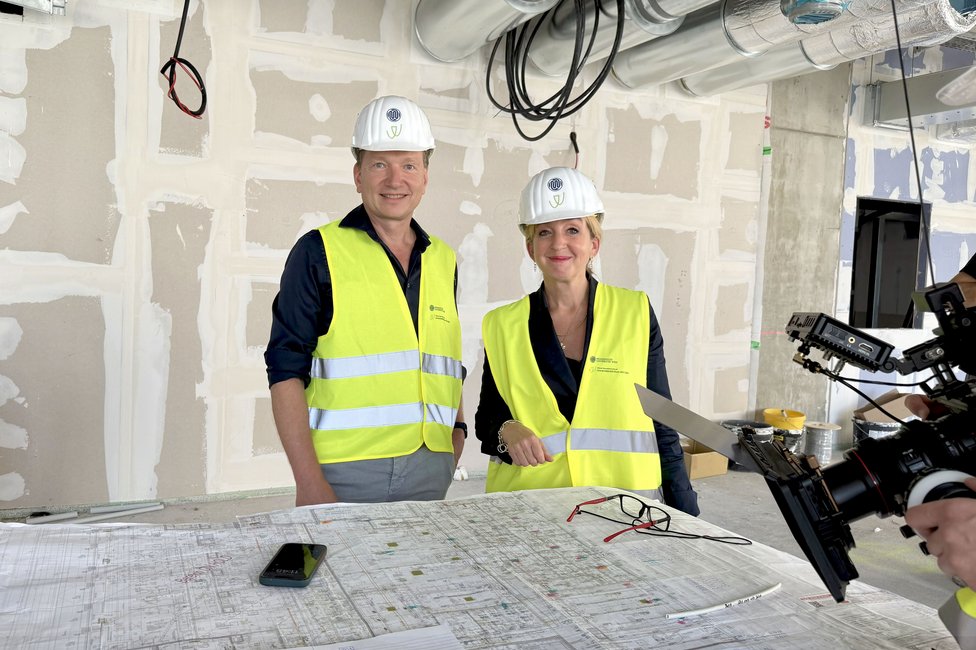The new buildings at MedUni Vienna enable interdisciplinary collaboration for tailor-made therapies and medical innovations. Cancer researcher Walter Berger and cell researcher Antonia Müller explain how the new CTM and ZPM centres could shape the future of medicine. And why Vienna has the best chance of establishing itself as a European hotspot for precision medicine.
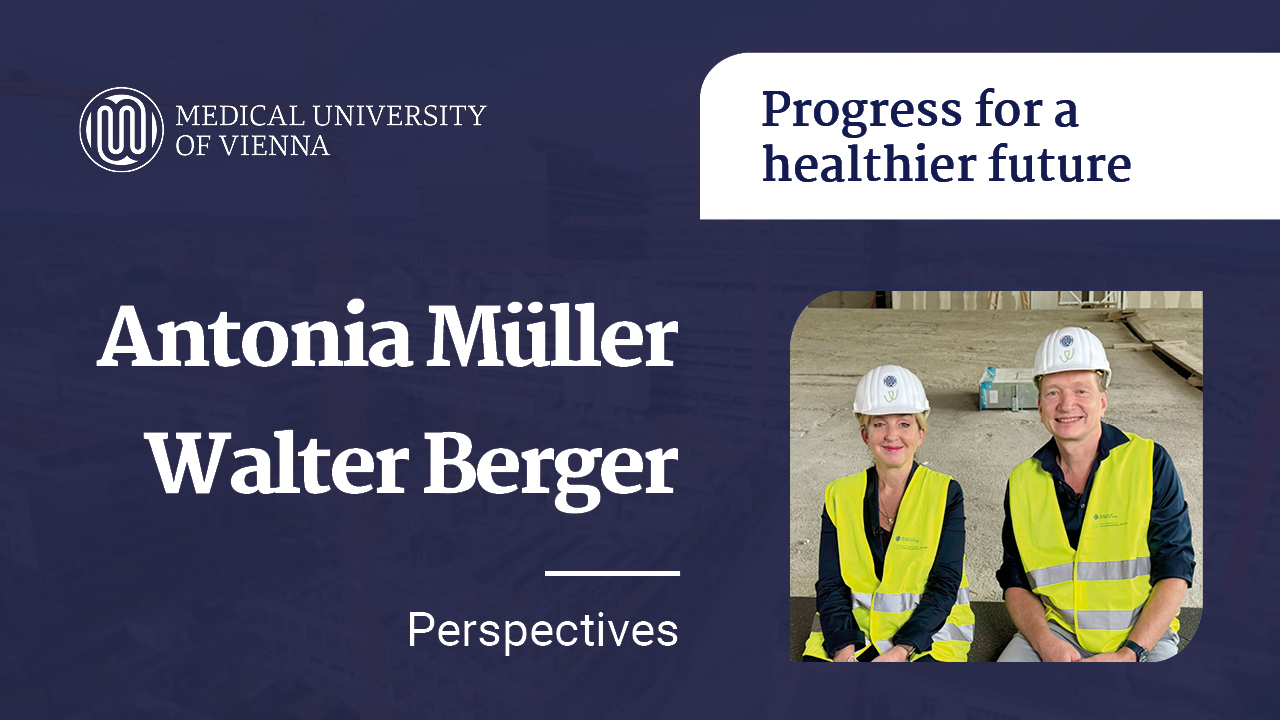
After activation, data will be sent to YouTube. Further information here: Data protection
‘You wouldn't believe how difficult it is to make ourselves understood,’ says cancer researcher Walter Berger. For him, the great opportunity offered by the new buildings lies in the proximity of different disciplines. Encounters should not only take place in project meetings, but also informally: ‘Perhaps in the coffee kitchen, where someone talks about a particularly difficult patient and someone else says: We might have something for that.’
When Antonia Müller came to Vienna three years ago, it was a conscious decision: she was impressed by MedUni Vienna's strategic construction plans. As head of the Clinic for Transfusion Medicine and Cell Therapy, she is establishing a GMP (Good Manufacturing Practice) infrastructure that enables tailor-made cell products such as CAR-T cells. These are therapies that are precisely tailored to individual patients.
‘Until now, everyone received the same chemotherapy. Today, we can analyse tumours in a more differentiated way and tailor therapies more individually. On the one hand, this allows us to learn how to better treat tumours and diseases and see who benefits most from which type of therapy.’

‘Previously, everyone received the same chemotherapy, but today we can analyse tumours in a more differentiated manner and tailor treatments more individually.’
Berger sees this as a decisive step forward: ‘One example where this is very clearly evident is childhood brain tumours. These are still very difficult to diagnose. Ten years ago, we knew of a few large types. Today, data analysis has shown us that there are many small tumours, affecting very few patients, but which are often aggressive and urgently need new therapies. This enables us to better help these children and their families.’
For MedUni Vienna, the new locations mean more than just modern infrastructure: they are set to become a ‘hotspot on the map of European precision medicine,’ according to Berger, and places where encounters make medical innovation possible. Müller adds that the new centres can be ‘best filled with life’ if the support of everyone – from third-party funders, grants or foundations – continues to be secured, ‘so that we can continue our research and ultimately give new therapies back to the population in Austria.’
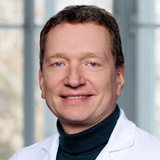
‘The great opportunity lies in direct exchange, not only in project meetings, but also in the coffee kitchen.’
The vision is clear: in five to ten years, MedUni Vienna wants to develop promising new therapies and bring them to the clinic, together with partners in Europe and industry.
‘Only together can we achieve this,’ emphasises Berger.
